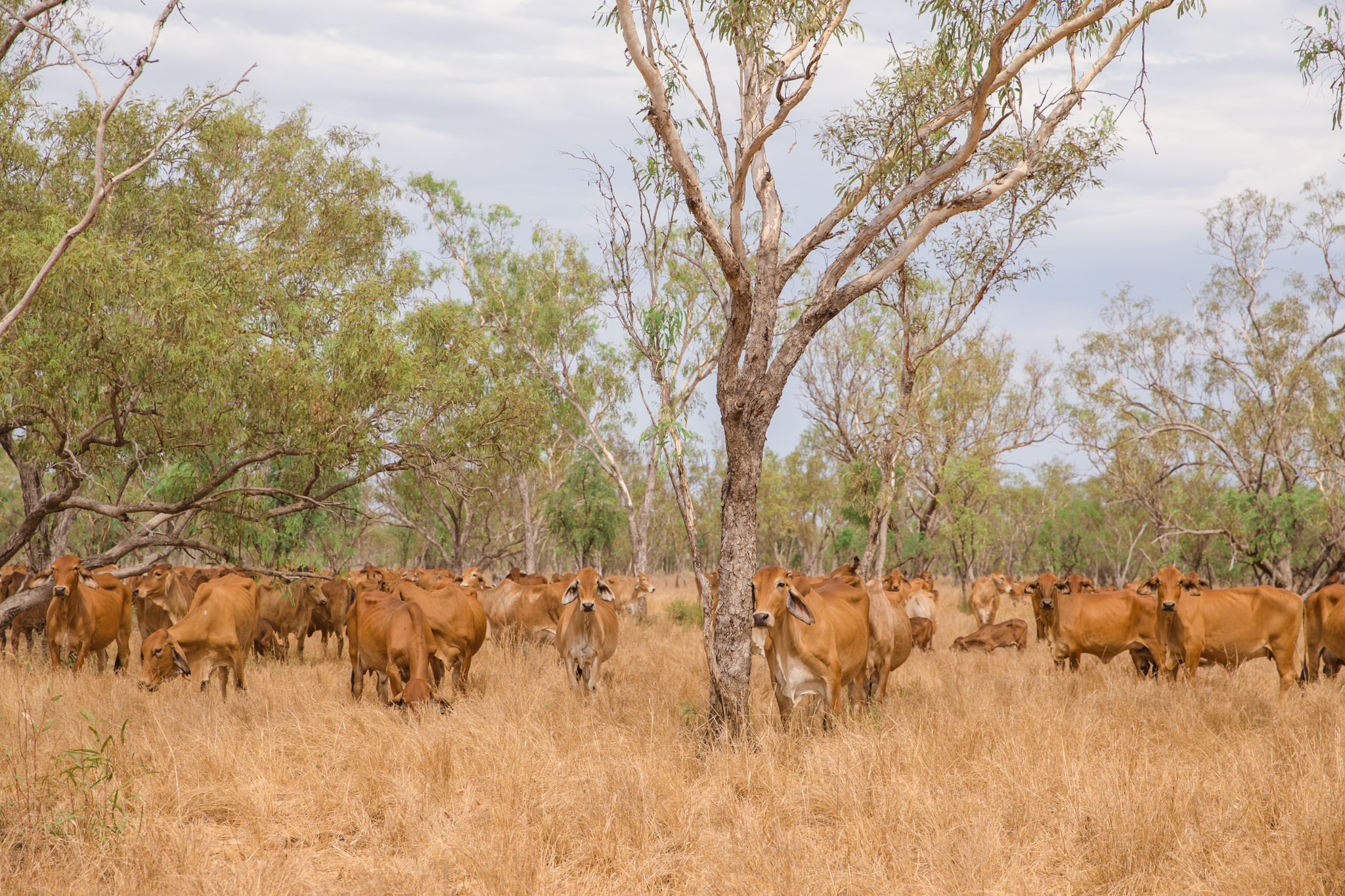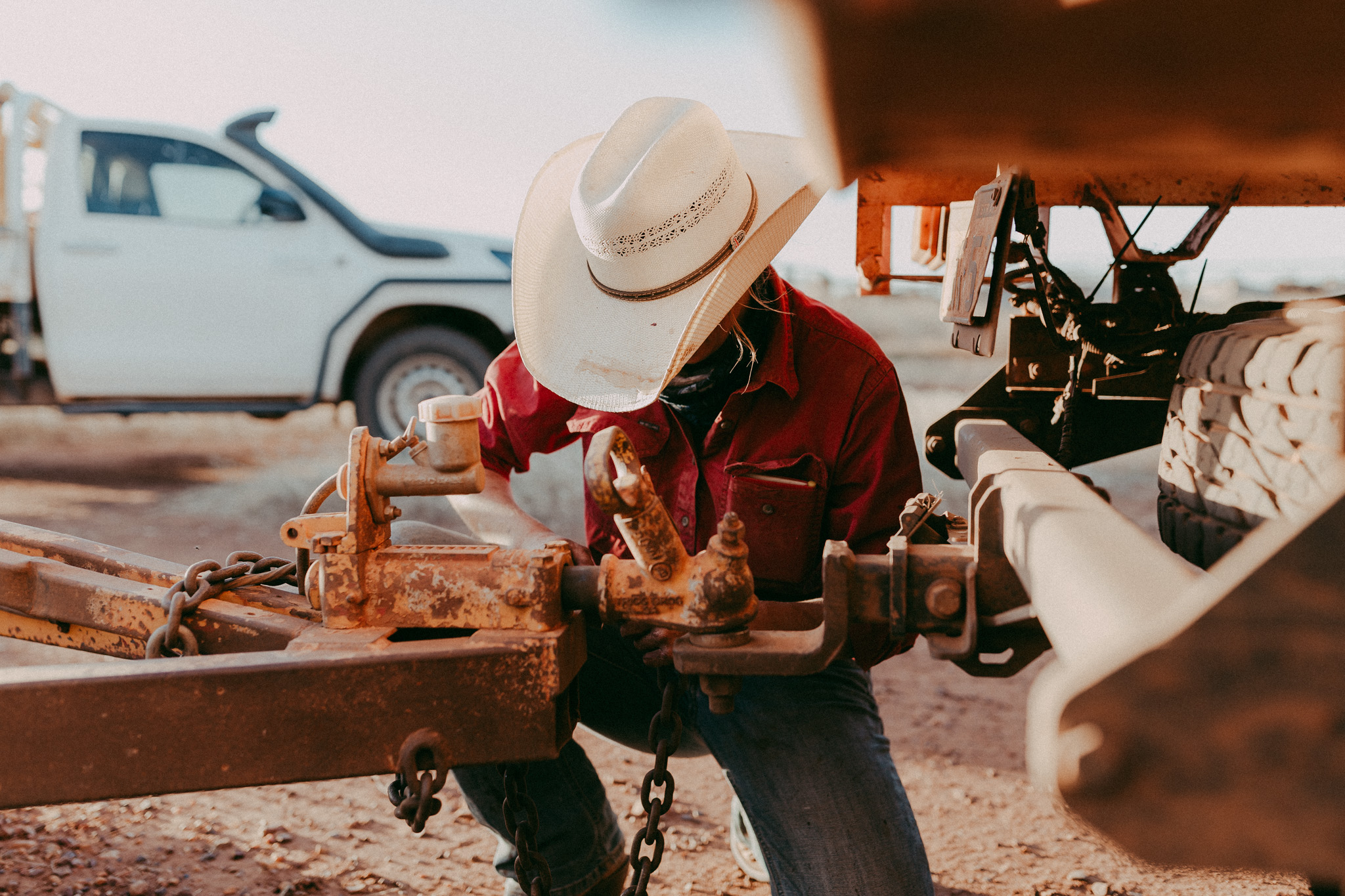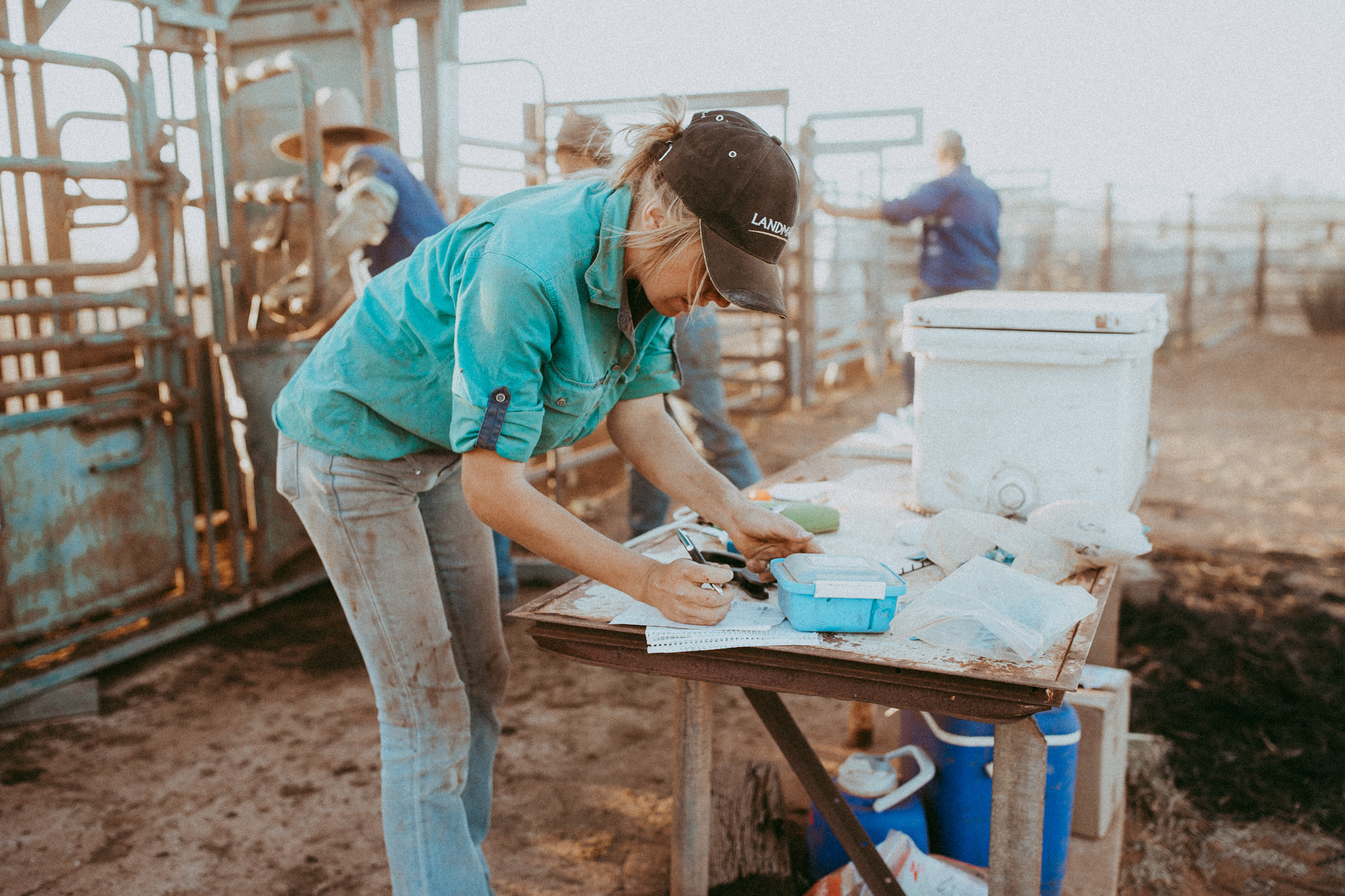Basic beef
*This blog has been contributed anonymously.
The number one thing I have found from working in the northern beef industry is that there is as much to be learnt from doing things the wrong way as there is from doing them the right way.
Let me back up for a moment: over the previous 30 years I have had the privilege of working within the northern cattle industry, starting in my first stock camp at the age of 15. Since then I have had the opportunity to work from Queensland to the Northern Territory, and across to Western Australia, and so on and so forth. I’ve also worked for mustering contractors, cattle exporters, fencing contractors, earth moving companies and feedlots, as well as running my own contracting business.
Working across this vast land has allowed me to experience a wide range of land systems and management strategies. Every successful beef cattle operation I have ever worked for has been structured around three main points of focus:
- Waters
- Fencing (grazing management), and;
- A controlled breeder herd.
Keeping things simple and getting the easy stuff right first will help build a solid foundation within the business.
Diversifying into other areas is always a hot topic for discussion. I have witnessed firsthand on several stations that without the primary business operating at 100%, the secondary part of the business always seems to struggle. You have to walk before you can run.
 Photo supplied by Central Station.
Photo supplied by Central Station.
In my opinion the first and most important step in any successful business, cattle or otherwise, is to have clear, sustainable, long term goals with all levels of management understanding and in agreement of.
Without these basic fundamentals the direction of the company will always come under question from clients, staff and the general public, which will untimely lead to weaker production, decrease in sales and loss of confidence in staff.
Guidelines and structure need to be set in place so people on the ground have a clear understanding of the expectations that are required of them.
History has demonstrated a high turnover of staff within the northern beef industry. This alone can lead to such problems as changes in drafting methods, mustering patterns and stock handling techniques.
Personal opinions of cattle breeds, genetics and markets also greatly affect the overall composition of the herd. That’s not to say that any single person’s opinion is wrong, but if one manager prefers short red cattle and the next prefers tall grey cattle… well, the end result speaks for itself. Some of the decisions you make today won’t show for 3 or more years. To make real progress in this industry, we need consistency.
Having company guidelines and a clear understanding of the markets in which the herd is to be developed towards will keep lines of cattle strong and cattle buyers interested.
The same can be said for the day to day operations within the company. For example, when possible, the makes of vehicles, machinery and water infrastructure, if kept the same across several stations, can be utilized from one place to the next. Furthermore, general knowledge and information can be shared between staff. This leads to less downtime and increased productivity.

I’ve learned through hundreds of hours of practice that organization plays an enormous role in the bottom line (having spent half my working life looking for the nut to fit the bolt!) Using seven poly fittings to replace one because we don’t have the right size, or someone got a roll of 40mm Blue line poly cheap… except we use 50mm rural and we don’t have fittings! Not only is it a waste of time but it doesn’t take long before frustration sets in and work ceases to be carried out to the best of our ability.
I’m sure I am not the only person who has ever suffered through this. Granted, it is a lot easier said than done, and I still find myself with upturned buckets of bolts on the workshop floor on a regular basis. With margins continuing to tighten the company as a whole cannot afford to not operate as efficiently as possible.
Another ‘must do’ when maximizing sales and profits are holding paddocks that are well located, well fenced with sufficient feed and water for extended periods of time, and if possible, also have spare holding paddocks to allow for markets to adjust and export delays. Without holding paddocks for sale cattle, the station is at the mercy of the agents – not being able to turn cattle out of the yard leaves no room for negotiation.
The benefits from sale cattle being able to spell and recover from processing are of great value from all aspects of the cattle industry, as value-adding is a major part of the need for holding paddocks but this also allows us to control any infections and treat wounds, we can also accumulate larger numbers of cattle in sale lines, reducing stress through less drafting at trucking time, this will decrease the cost of transport and increase weight gain and bargaining power.
Once the station is running at 100%, sale cattle will be in paddocks the year before sale with only a draft and loading onto trucks needed at the time of sale. No processing should take place before trucking, with all horns, tags and brands completed from the previous year.
Having your sale numbers ready also allows agents to market your product with confidence and forward contracts can become a reality. The flow on effects benefit budgeting from year to year, create a low stress working environment and improve the overall wellbeing of the herd.
Some people will be wondering what the is the point of writing about something everyone already knows? And other people will tell me I am dead-set wrong. These are just some of the simple things I have seen work (and not work) that have seem to greatly benefit the producer and most importantly the livestock at the time.
There’s many more examples I could go on with, including the need to be working towards improving the condition of the rangelands and providing more consistent training to staff, but those are for another day.
So, before we set our sights on the 100m sprint at the next Olympics, perhaps we should make sure we’re able to walk to the starting line first.

